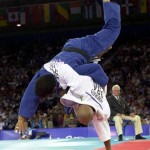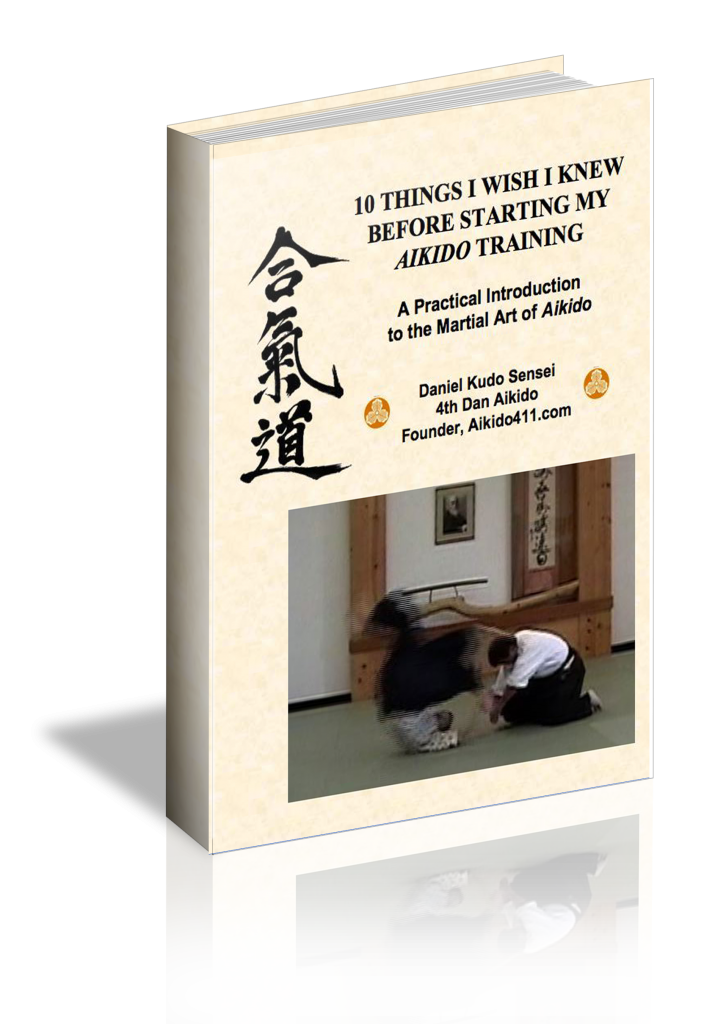
Aikido Technique: Simiar to Judo?
Aikido Techniques: Koshi Nage
Koshi nage is one of the basic Aikido Techniques, or kihon waza. It is also the generic term that refers to any hip throw. These hip throws are central to the martial art of Judo, which employs a tremendous number of variations of this technique from the spectacular ippon seoinage (shoulder throw) to the ever-popular uchi mata (inner thigh throw). The koshi nage employed in Aikido tends to be fewer and simpler in complexity and execution.
Koshi Nage, an Aikido Technique Hip Throw – Related to Uchi Mata a Judo Hip Throw
The video below illustrates the spectacular and explosive nature uchi mata.
Aikido Techniques: Floating the Center
The basic principle of koshi nage remain the same as those employed in Judo or Jiu Jitsu, which is that the force and momentum of uke (the attacker) are directed in a manner that allows nage (the defender) to position his hips directly under the center. Once this position has been achieved, nage straightens the legs, floating uke’s center and rotates his body over the top of the hips and onto the ground. Nage does this in a manner that permits the retention of balance while completely removing balance from uke. In the following demonstration, uke attacks with a yokomenuchi strike (i.e. to the side of the head), while nage blends with and leads so that the hip can be position to float nage’s center in a koshi nage.
As stated above, the key to this technique is the proper positioning of the hips under uke’s center. To the beginner this is easier said than done. Most new practitioners interpose a leg in front of the attacker, which does not really disturb uke’s center in any way because there is no force to lift or unsettle it. Proper foot position is an important first step in the learning process. The feet are positioned near the front of the opponent’s feet and the hip is interposed across the front the body and BELOW the center. This can only be achieved by deeply bending the knees. When the knees are straightened, the opponent’s hips are naturally lifted taking the feet “out from under him”. When uke’s hips have been floated, he is powerless and gravity takes over. With a simple rotation of the upper body forward coupled with a drop of the outside shoulder, uke’s body is carried over and down to the ground. Because nage’s feet were directly under uke’s center, balance is maintained while uke is thrown. The fundamental koshi nage taught in many Aikido schools involves free arm grabbing the belt on uke’s backside to ensure good contact of centers and to provide additional lift for the throw.
As a kihon waza, koshi nage is a key component in a solid foundation of Aikido techniques.
Dan Kudo Sensei trains and teaches in Santa Ana, California, located in Orange County, and holds the rank of Yondan (fourth degree black belt). Click here to view a related video on kihon waza techniques from the ushirotekubitori attack.
